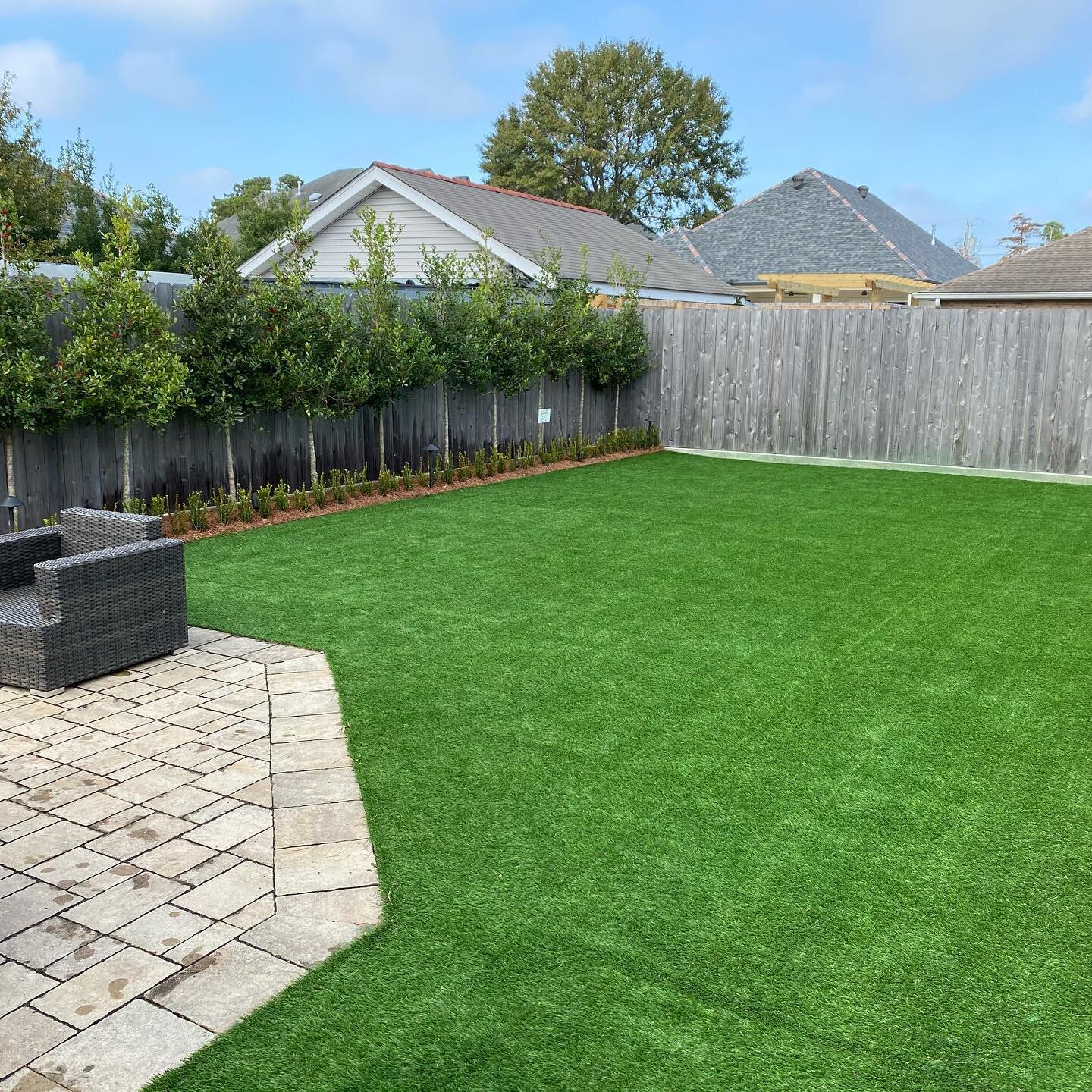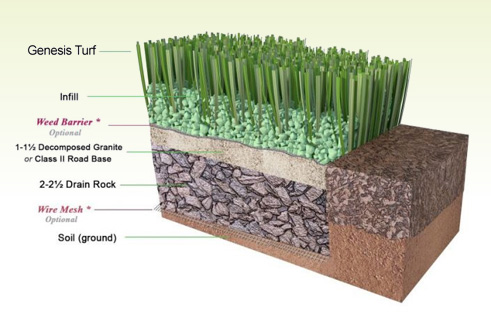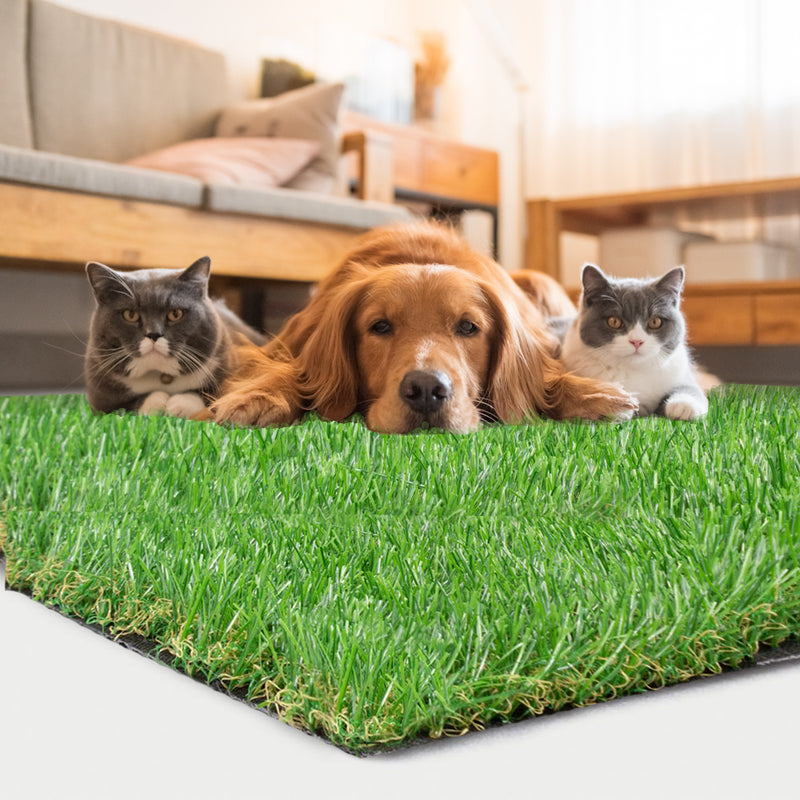Delve Into the Environmental Conveniences of Opting for Artificial Turf Solutions
The adoption of fabricated turf options offers an engaging possibility to deal with pushing environmental challenges. By substantially decreasing water usage and minimizing the application of hazardous chemicals, these choices not only promote lasting landscape design but additionally protect neighborhood environments.
Water Conservation Advantages
One of the most considerable benefits of man-made lawn is its ability to conserve water. In comparison, man-made turf does not require watering, considerably reducing the total need for water resources.
By getting rid of the requirement for regular watering, synthetic grass adds to sustainable landscape methods and aids reduce the ecological effect of excessive water consumption. In addition, the preservation of water includes the reduction of overflow, which can cause soil erosion and waterway pollution.
Furthermore, the installation of man-made lawn allows towns and property owners to assign water resources a lot more successfully, concentrating on vital uses such as alcohol consumption water and farming. The change towards fabricated turf not just advertises accountable water use yet additionally aligns with broader environmental objectives intended at protecting natural deposits.
As neighborhoods increasingly focus on sustainability, the water conservation benefits of synthetic grass offer an engaging instance for its adoption in domestic and industrial landscape design projects.
Decreased Chemical Usage
The change to artificial turf substantially reduces the reliance on chemical therapies commonly made use of in all-natural lawn maintenance. Traditional lawn monitoring typically entails the application of chemicals, herbicides, and fertilizers to promote growth and control parasites. These chemicals can present dangers to human wellness, neighborhood wild animals, and the environment, adding to soil and water contamination.
In contrast, man-made lawn eliminates the demand for these dangerous substances. By lessening the launch of synthetic substances right into the environment, synthetic turf promotes much healthier dirt and water systems.
Moreover, the lack of chemical drainage related to synthetic grass installments helps safeguard neighborhood rivers from pollution, supporting marine life and maintaining biodiversity. Phoenix turf companies. As communities significantly prioritize sustainable methods, opting for fabricated turf presents a feasible remedy that aligns with environmental preservation objectives. Via this shift, building owners can take pleasure in lush eco-friendly rooms without compromising environmental health and wellness, paving the method for a more sustainable future
Lower Carbon Impact

Additionally, the setup of man-made lawn can cause significant water conservation. Natural yards need significant quantities of water for irrigation, which not just includes to the carbon impact linked with water removal and therapy however likewise pressures regional water resources. On the other hand, synthetic grass needs marginal maintenance, requiring no watering, thereby significantly lowering water usage and its linked energy prices.
Additionally, the longevity of synthetic grass adds to its reduced carbon influence. With a lifespan of approximately 15 years or more, the need for regular substitutes is decreased, resulting in much less waste and reduced energy consumption in manufacturing and throwing away conventional lawn alternatives. On the whole, man-made grass presents a sustainable choice for environmentally conscious landscape design.
Environment Preservation
Environment conservation is a vital consideration in the argument over landscape design choices, especially when comparing man-made turf to all-natural lawn. All-natural turf lawns frequently call for comprehensive upkeep, consisting of making use of herbicides, chemicals, and fertilizers, which can negatively affect local communities. These chemicals can leach into the dirt and waterways, damaging indigenous flora and animals and interfering with local habitats.
In contrast, synthetic grass presents an opportunity to reduce the environmental impact of landscaping. By selecting synthetic turf, homeowners can decrease the interruption of natural habitats connected with traditional lawn care practices. Synthetic grass eliminates the need for unsafe chemicals, thereby securing look these up close-by wildlife and maintaining the stability of surrounding communities. Furthermore, the installation of synthetic grass can result in the conversion of former yard locations into more biodiverse landscapes, such as pollinator yards or native plant locations, which can sustain local wild animals.
Inevitably, the transition to man-made turf not just preserves water and reduces maintenance efforts however additionally cultivates an extra harmonious partnership between human activities and the natural atmosphere, promoting habitat conservation while doing so.
Long-Term Sustainability
Lasting sustainability is an essential consider evaluating the benefits of synthetic turf over typical grass yards. One of the most significant advantages of man-made turf is its resilience; it can last approximately 15-20 years with minimal upkeep, whereas natural grass needs frequent reseeding and replacement. This long life minimizes the need for consistent resources, such as water, fertilizers, and chemicals, Arizona artificial turf which are necessary for preserving a healthy and balanced turf yard.
Furthermore, synthetic grass adds to a reduction in carbon emissions connected with yard treatment equipment. Standard yards commonly require gas-powered mowers, leaners, and blowers, all of which add to air pollution. Turf installation phoenix az. On the other hand, artificial grass removes the requirement for such devices, advertising a cleaner setting
In addition, the manufacturing of synthetic grass significantly uses recycled products, improving its sustainability account. As makers embrace eco-friendly practices, the environmental impact of artificial grass proceeds to diminish.

Verdict
The adoption of artificial grass options presents substantial environmental benefits, including significant water conservation, reduced dependence on unsafe chemicals, and a lower carbon footprint. Fabricated turf help in protecting natural environments by reducing land disruption and advertising long-term sustainability with the usage of durable materials. Jointly, these variables highlight the possibility of synthetic grass to add positively to environmental health and supply a practical option to typical landscape design practices in a progressively resource-conscious world.
In contrast, synthetic grass does not require watering, substantially minimizing the total need for water sources. By minimizing the release of synthetic substances right into the ecological community, artificial turf promotes healthier soil and water systems.
Moreover, the installment of fabricated lawn can result in significant water preservation. In contrast, artificial turf needs minimal maintenance, calling for no watering, consequently dramatically reducing water usage and its connected energy costs.
